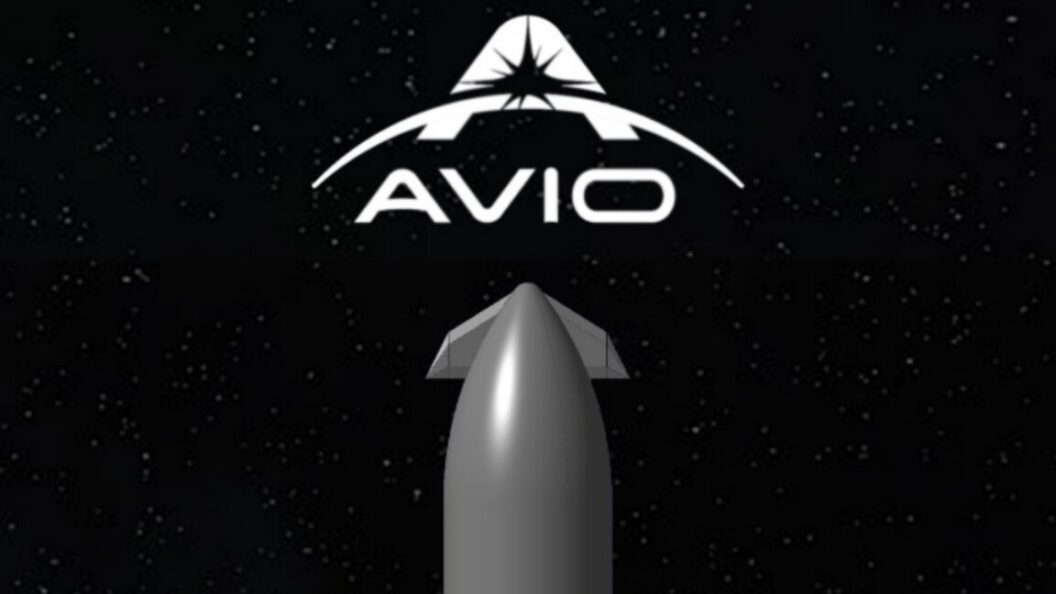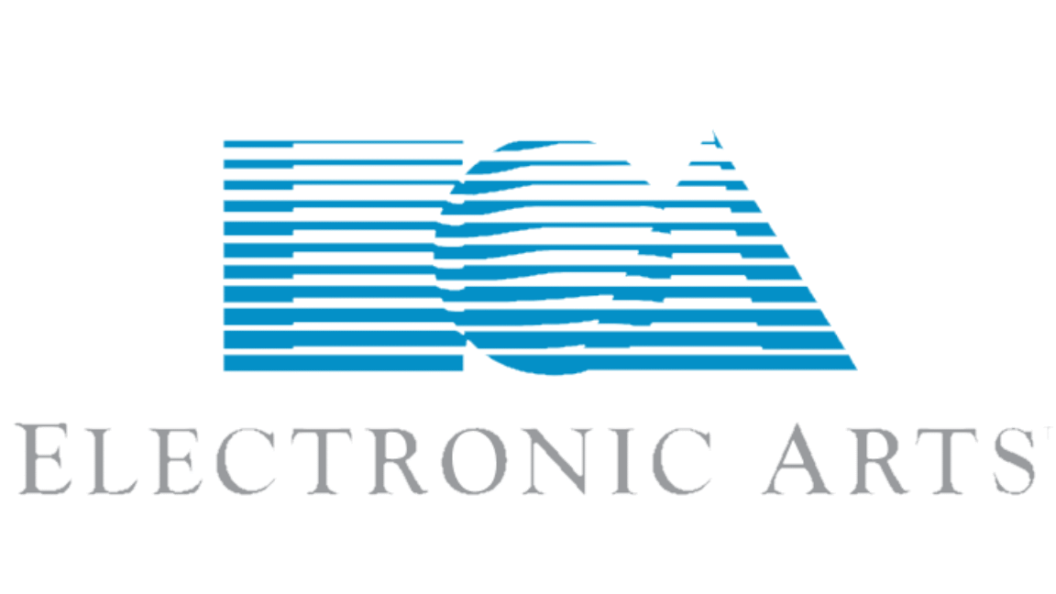Daily Tech Update: Key Developments in the Technology Sector
In the fast-paced world of technology, significant advancements are made almost daily. Today’s update highlights noteworthy moves by major companies and breakthroughs in various fields, from software enhancements to groundbreaking hardware. Here are the key stories shaping the technology landscape.
Microsoft Introduces ‘Vibe Working’ in Excel and Word
Microsoft has launched an innovative feature termed "vibe working," which transforms how users interact with Excel and Word on the web. This feature allows users to work iteratively with Copilot, the company’s AI assistant, to create complex reports and articles through simple prompts.
An accompanying Office Agent, powered by Anthropic models, operates within Copilot Chat, enabling users to construct comprehensive PowerPoint presentations and research papers through a dynamic questioning method and web searches. These tools are currently available to Microsoft 365 Personal and Family subscribers, while the Excel feature necessitates a special add-in from Excel Labs for full functionality.
Nvidia CEO Claims China is ‘Nanoseconds’ Behind in Chipmaking
In a bold assertion, Nvidia CEO Jensen Huang stated that China is only "nanoseconds behind" the United States in the realm of chipmaking. He advocated for the continuation of American technology sales to China, arguing that it is crucial for maintaining geopolitical influence.
Nvidia is now shipping a compliant version of its H20 AI GPU to Chinese customers following recent export restrictions. Huang’s comments arise amid growing competition, as organizations like Huawei develop advanced systems using their own silicon, thereby creating a CUDA-free ecosystem intended to rival Nvidia’s dominance.
Caltech’s Breakthrough in Quantum Computing
In a landmark achievement, Caltech physicists have built the largest neutral-atom quantum computer by trapping 6,100 cesium atoms as qubits in a single array. This development marks a substantial enhancement compared to previous systems, which only managed hundreds of atoms.
The new quantum system boasts coherence times of approximately 13 seconds, significantly longer than earlier experiments, while demonstrating a remarkable accuracy of 99.98 percent in single-qubit operations. Furthermore, the researchers utilized "optical tweezers" to manipulate individual atoms without disrupting their quantum states, presenting a critical advancement toward building future error-corrected quantum machines.
U.S. Pressure on Taiwan for Semiconductor Production
The U.S. government is urging Taiwan to relocate a substantial portion of its chip production domestically, with a goal of ensuring that 50% of essential semiconductor supplies are manufactured within the U.S. To motivate this move, the Trump administration has threatened steep tariffs and proposed stringent production rules.
This demand has secured a reported $165 billion investment pledge from TSMC for new chip plants in the U.S. However, Taiwanese officials have voiced concerns regarding the complexity of the global supply chain, asserting that no single nation can entirely control the semiconductor manufacturing process.
OpenAI Enhances Parental Controls for ChatGPT
OpenAI has rolled out parental controls for its AI chatbot, ChatGPT, allowing parents to manage key features for teen users, such as disabling functionalities related to memory or image generation. While safeguarding user privacy, the controls will send notifications to parents if potentially harmful content is detected.
OpenAI has also launched a resource page providing insights on how ChatGPT operates, the different controls available, and safety tips for teens.
DeepSeek Unveils Next-Gen AI Model
Chinese startup DeepSeek has introduced a new AI model utilizing a technique known as Sparse Attention, aimed at boosting efficiency when processing lengthy text sequences. This model, described as an "intermediate step" toward next-generation AI models, employs a "lightning indexer" to prioritize relevant information based on user queries.
The innovative approach promises 2–3 times faster inference for extended contexts while significantly reducing memory usage by 30–40 percent, all while maintaining performance on various benchmarks.
Conclusion: The Significance of Recent Developments
The technology sector is undergoing rapid transformation, driven by these advancements in AI, hardware, and operational efficiency. Microsoft’s innovating workspace tools, Nvidia’s global chipmaking perspective, Caltech’s quantum computing leap, and emerging industries like DeepSeek’s AI innovations depict the fierce competition and groundbreaking discoveries in technology today. These developments not only reflect the advancing capabilities of technology but also underscore the complexities and geopolitical implications inherent in the industry’s growth. Keeping an eye on these trends is essential for understanding the future landscape.










